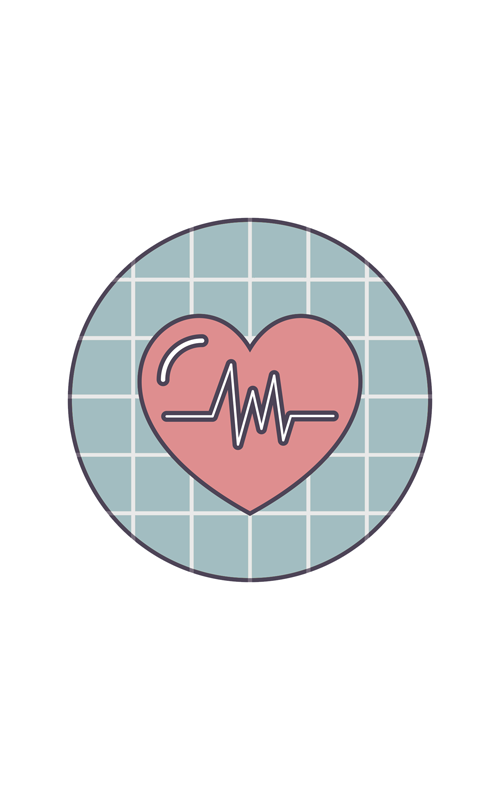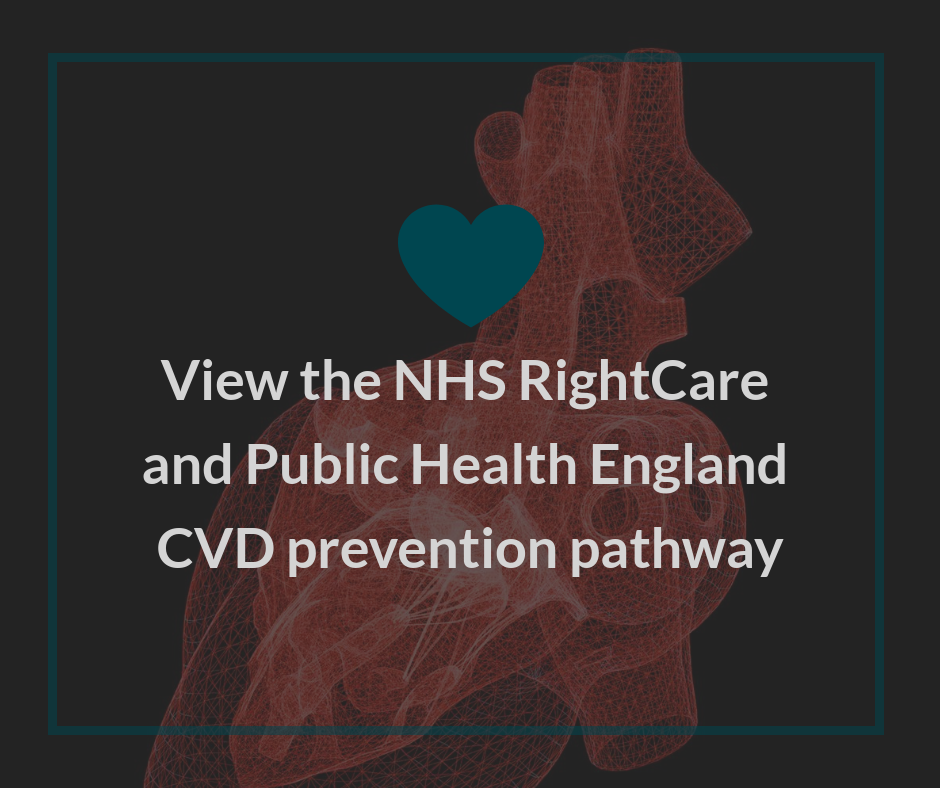CVD prevention: detecting atrial fibrillation and anticoagulation
How NICE resources can support local priorities

Making the case for action
Atrial fibrillation (AF) increases the risk of stroke, heart attack and dementia, so is a priority for many local partnerships. Recent analysis from Public Health England and NHS England shows that, over 3 years, achieving optimal treatment for people diagnosed with AF could prevent up to 14,220 strokes across England. This could save £240 million. They've used published data to produce infographics for each local area.
The NHS Long Term Plan includes an ambition to prevent 150,000 strokes, heart attacks and dementia cases over the 10 years to 2029 by improving the detection and management of AF, hypertension and high cholesterol. To support this, the National CVD Prevention System Leadership Forum has agreed specific ambitions for detecting and managing these high-risk conditions, known as ‘the ABC’:
- atrial fibrillation
- blood pressure
- cholesterol.
The ambitions for AF are:
- 85% of the expected number of people with AF are detected by 2029
- 90% of people with AF who are at high risk of a stroke have adequate anticoagulation by 2029.
We've published guidance and quality standards on AF, and tools to help with putting it into practice. Our guidance is aligned with the NHS England RightCare and Public Health England cardiovascular disease (CVD) prevention pathway and will support delivery of the national ambitions for AF.
Use data about your area
Getting data on what’s happening in your area helps you compare how you're doing with other areas, and make decisions on how to improve care. These resources from Public Health England and RightCare include data on cardiovascular disease, including atrial fibrillation:
- Atrial fibrillation reports include practical tips for GP practices and clinical commissioning groups (CCGs) on how they can get better at preventing and treating strokes.
- CVD Prevention Packs aim to provide information for the CVD prevention project. The CVD prevention programme set 10 year ambitions focussing on the three CVD risk factors, hypertension, atrial fibrillation and dyslipidaemia.
- CVD disease profiles for each CCG look at coronary heart disease, diabetes, kidney disease and stroke.
- RightCare ‘where to look’ packs include headline opportunities, improvement opportunity tables and pathways on a page. The page shows how CCGs in each local area differ from their peers.
Dr Matt Kearney, Programme Director for UCLPartners AHSN and former National Clinical Director for CVD Prevention (2016-2019), explains how we can help you tackle CVD in your area.

Finding the right information

NICE guidance to help you improve detection and anticoagulation
The easiest way of finding all our guidance on AF is to go to our topic page on heart rhythm conditions. Guidance is listed by type.
Our guideline on Atrial fibrillation: diagnosis and management includes guidance on providing the best care and treatment for adults with atrial fibrillation, including assessing and managing risks of stroke and bleeding.
Our quality standard on atrial fibrillation includes 6 quality statements that will help with identifying areas for improvement. See how to use quality standards for more information.
Other key AF guidance
Diagnostics guidance
Atrial fibrillation and heart valve disease: self‑monitoring coagulation status using point‑of‑care coagulometers (the CoaguChek XS system and the INRatio2 PT/INR monitor).
Medical technologies guidance
KardiaMobile heart monitor is a portable single-lead electrocardiogram (ECG) recorder. The monitor works with a compatible mobile device, analysing ECG recordings and sending to healthcare professionals for interpretation. This guidance is in development and expected to be published in Jan 2022

Support for improving quality


We publish a range of tools to help you use our guidance and quality standards to improve quality.
You can find these on the tools and resources tab for each piece of guidance or standard. Tools for atrial fibrillation include:
- Algorithms for atrial fibrillation: diagnosis and management, to support shared decision making and adherence
- a baseline assessment tool for services to check if practice is in line with our guideline
- a costing report and template to calculate the local costs of implementing the guideline
- a list of shared learning case studies.
There's a full list of shared learning case studies on the heart rhythm conditions topic page, and we've summarised highlights from 2 of them below.
For a summary of the evidence base to support medicines optimisation, see our key therapeutic topic advice on anticoagulants, including direct-acting oral anticoagulants (DOACs).
Our impact report on CVD prevention highlights the progress made by the healthcare system by implementing our guidance.
NICE indicators
We’ve developed a set of outcome indicators for AF. Visit our standards and indicators page and select atrial fibrillation from the ‘filter by subject’ dropdown menu.
Indicators can be particularly useful when:
- creating local performance dashboards
- benchmarking performance against national data
- developing local quality improvement schemes
- measuring progress that local health systems are making on outcomes.




